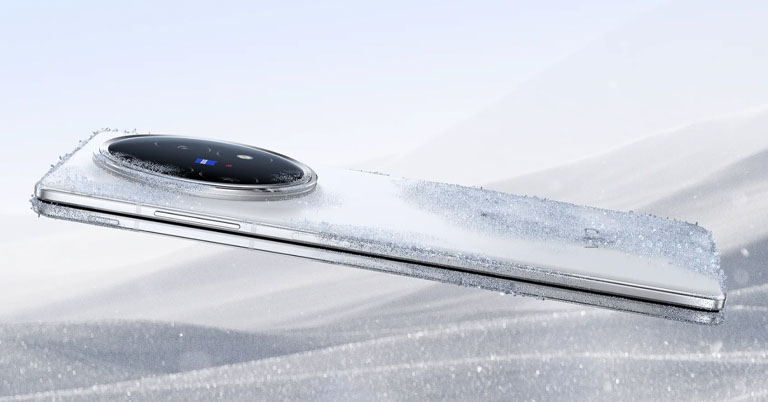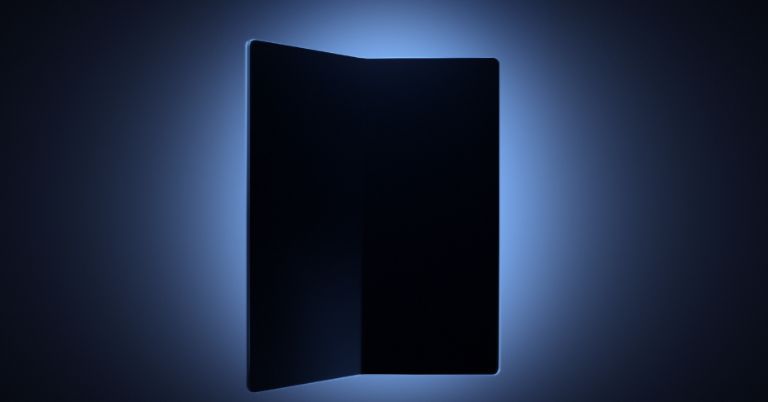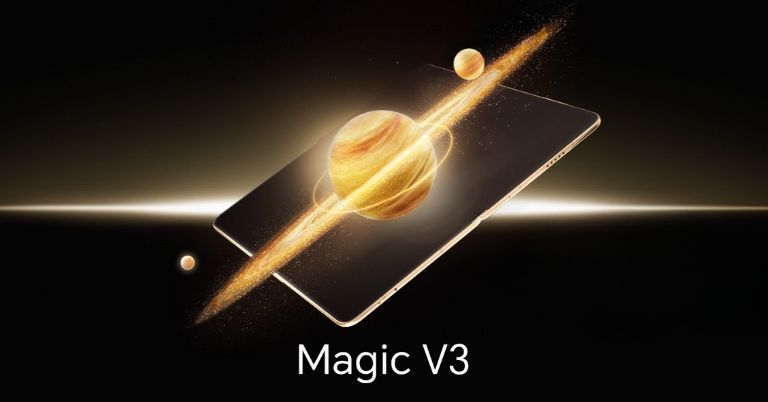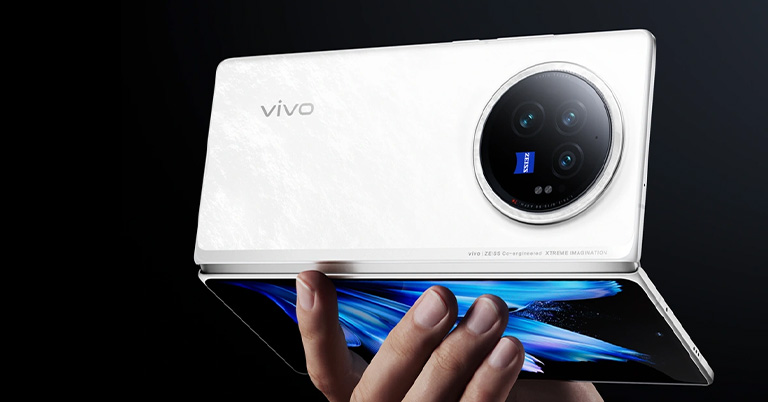Foldable Phones
Foldable phones have evolved significantly from their early days, combining elements of traditional flip phones with modern technology. In the early 2000s, traditional foldable or “flip phones” featured a clamshell design, where the phone folded to protect the keypad and screen, offering compactness and durability. These were popular for their portability and simplicity, with iconic models like the Motorola Razr leading the trend.
Modern foldable phones build on this concept with advanced flexible displays, allowing the screen itself to fold. Unlike the older flip phones, which had two separate sections, modern foldables integrate a continuous OLED display that bends in half. The hinge mechanism has become a critical design element.
There are two main categories of foldable phones: the first one is a “book-style” folding phone with a vertical hinge and horizontal folding motion. The other is a “clamshell” folding phone or a “flip phone” that goes the other way around. Meaning, it has a horizontal hinge and vertical folding motion.
With the recent commercial launch of Huawei Mate XT, a new kind of foldable has emerged the “tri-fold”. This type of folding phone has two hinges and three sections of screens. We can say it is an evolution of the regular “book-style” folding phone, as it offers similar usability while negating the need to have two separate pieces of screen.











